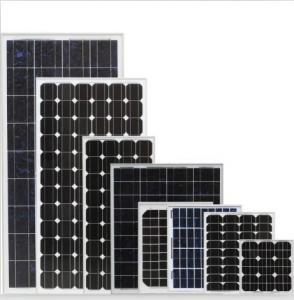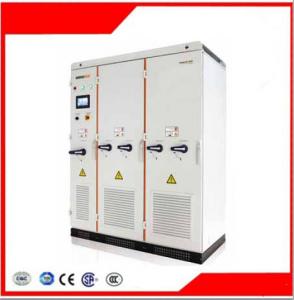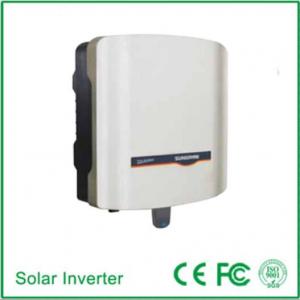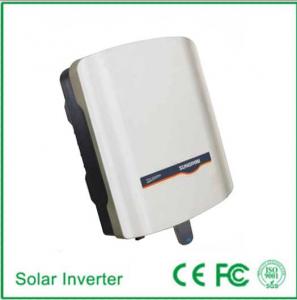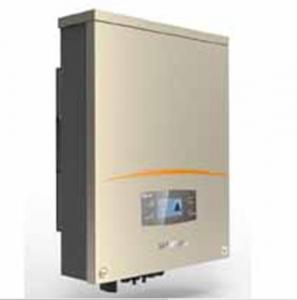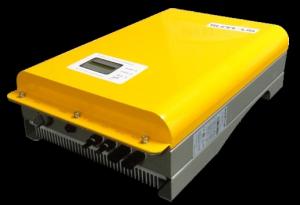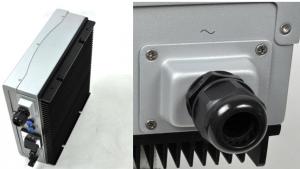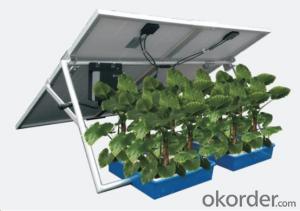Grid Connected Solar Inverter
Grid Connected Solar Inverter Related Searches
Grid-Tied Solar Inverter Solar Grid Inverter Grid Assisted Solar Inverter Grid-Tie Solar Inverter Solar Power Grid Inverter Grid Tie Solar Inverter Grid Tie Inverter Solar Solar Grid Tied Inverter Grid Tie Hybrid Solar Inverter Hybrid Grid Tie Solar Inverter On Grid Solar Inverter On Grid Solar Power Inverter Solar System Grid Tie Inverter Solar Grid Tie Inverter On Grid Inverter Solar Solar Hybrid Grid Tie Inverter Grid Tie Inverter Solar Panel Hybrid Solar Inverter On Grid Grid Tie Inverter Solar Kit Solar Hybrid Inverter On Grid On Grid Hybrid Solar Inverter Solar Grid Tie Inverter Kit Sun Grid Tie Inverter Solar Inverter Grid Tie On Grid Solar System Inverter Solar Grid Tie Micro Inverter Inverter Solar Off Grid 1kw Solar Grid Tie Inverter Solar Inverter On/Off Grid Cheap Off Grid Solar InverterGrid Connected Solar Inverter Supplier & Manufacturer from China
Grid Connected Solar Inverters are essential components in the solar energy system, converting the direct current (DC) generated by solar panels into alternating current (AC) that can be fed into the power grid. These inverters play a crucial role in ensuring the efficient integration of solar power into the existing electrical infrastructure, making them indispensable for any grid-connected solar power project.The application and usage scenarios of Grid Connected Solar Inverters are vast, ranging from residential rooftop installations to large-scale commercial and utility solar farms. They are used in various settings where solar energy is harnessed to generate electricity, such as homes, businesses, and public facilities. By converting the DC power from solar panels into AC power, these inverters enable the seamless integration of solar energy into the grid, reducing reliance on fossil fuels and promoting a cleaner, more sustainable energy future.
Okorder.com is a leading wholesale supplier of Grid Connected Solar Inverters, boasting a large inventory that caters to the diverse needs of customers worldwide. With a commitment to quality and customer satisfaction, Okorder.com offers a wide range of inverters from reputable brands, ensuring that buyers have access to reliable and efficient products for their solar energy projects.
Hot Products













